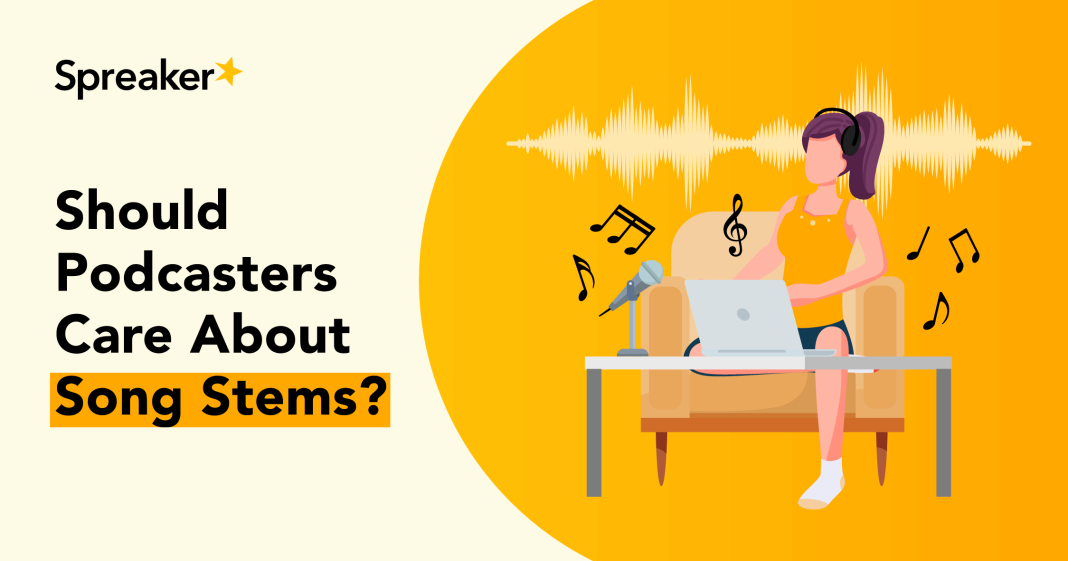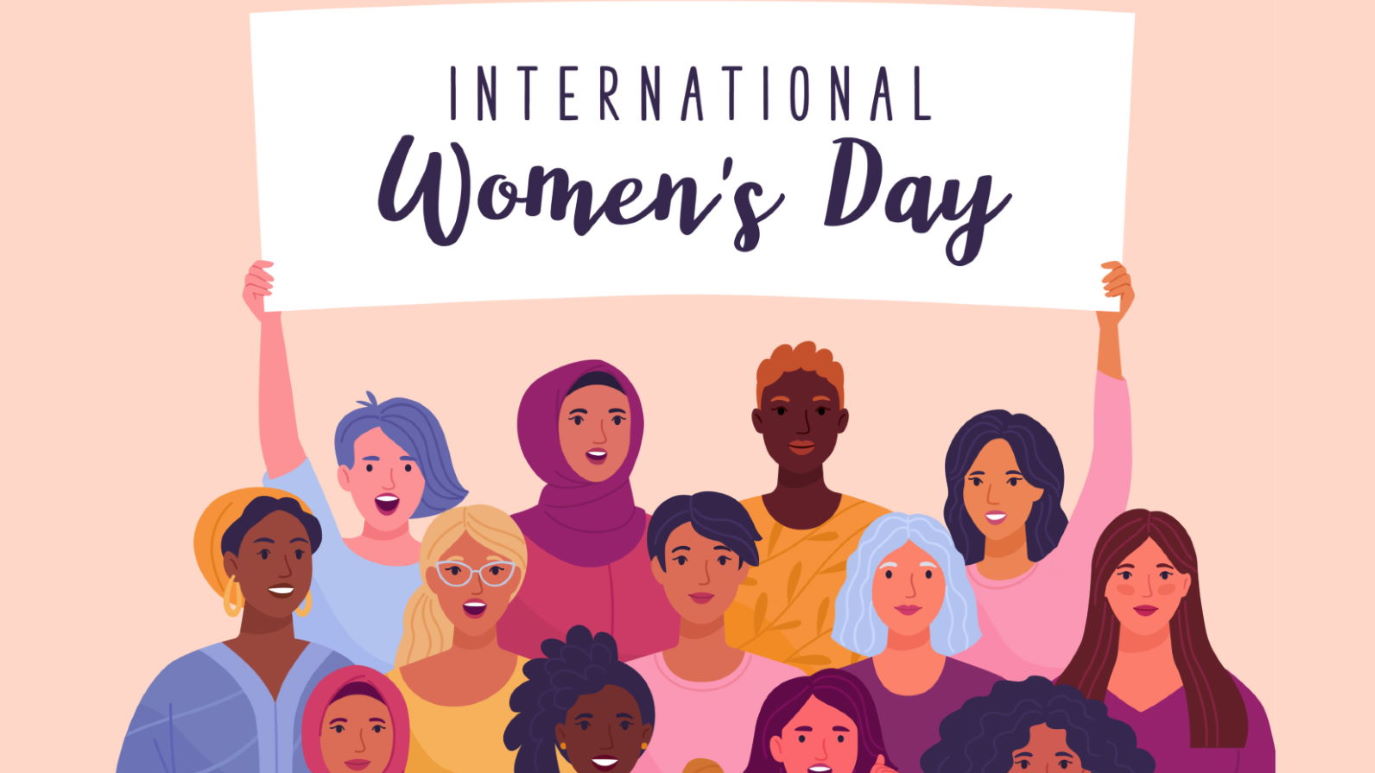Have you heard about song stems? In the world of podcasting, flukes can (and will) happen before, during, and after you press record.
Your equipment could malfunction mid-way through a recording session or your podcast guest could call in sick the day of. Odds are that the less-than-ideal scenarios you run through in your head will probably happen a time or two throughout your podcasting career.
And that’s something that time, a bit of luck, and a lot of flexibility will help you navigate.
Being able to cut a few creative corners so that you can meet deadlines and stay within budget is a great adaptive skill to have during these moments. That goes for podcasters, but also filmmakers, videographers, and other types of creators as well. While you can make last-minute changes to the script and re-record parts of the audio, the one thing that you should never sacrifice or neglect is the sound quality — especially when it comes to your podcast music.
In this guide, we’re sharing everything you need to know about song stems — what they are, why they matter, and how you can use them.
Want to learn how to create, promote & monetize your podcast?
Our FREE Spreaker course covers everything starting with defining your podcast, to successfully launching all the way to fully monetizing your catalog. Also, did we mention that it’s 100% Free?
What are you waiting for?
The more information you have about song stems and your music licensing options, the better prepared you are to choose the right music for your podcast. And that’s one less thing for you to worry about when other things go wrong.
What are Song Stems?
Song stems at their most basic definition are individual audio files.
For context, take a look at the image below to see how song stems are arranged in editing software:

As you can see, each row consists of a different instrument or vocal song stem (i.e., bass, drums, keys, strings, etc.). These stems are layered on top of each other so that when you playback the audio, you hear the song in its entirety.
One of the main reasons why podcasters and other creators use song stems is that you can include or exclude any individual audio file that you want — given that you have the licensing permission to do so.
That way, if you want to use a particular song in your podcast intro but think the drums are too overpowering, you can exclude this stem or simply modify the pitch. Also, if the song in this example is a minute and a half long, each of the stems will be exactly that length — no more, no less.
Bearing all of this in mind, here are three key reasons why you as a podcaster should care about song stems.
1. Simple & Convenient Sound Mixing
Maybe you’re in the early stages of starting a podcast and are still fine-tuning your podcast’s concept, category, and target listener. Or maybe you’ve been in the podcasting space for years now and want to give your podcast a revamp.
The great thing about song stems is that they are easy to work with in post-production, regardless of your experience level.
The stem format makes it easy to make last-minute tweaks to specific elements of a song. It’s more convenient for you to mix a song that uses stems than a song that has fused all of the instrumental components together.
And again, you have the option to introduce new instrumental elements or remove stems that you don’t want to be included.
2. Better Overall Sound Quality
As someone who works with audio every day, you know that it takes a lot of time and work to make sure that different audio elements aren’t competing with each other.
It’s not enough for the individual audio clips to sound good — you have to make sure that these clips come together seamlessly in the podcast episode.
And that’s because listeners will get frustrated with the sound quality if the audio levels are all over the place and they have to change the volume a dozen times throughout a single episode.
With song stems, you can add music to your editing timeline and easily adjust each stem to your preferred audio levels.
That way, if you want to use music in the background of a podcast interview, you can modify each individual source so that the episode’s overall sound quality is great from start to finish.
3. Stems are Collaboration-Friendly
Podcast production is multifaceted.
Not only do you need to plan and write the script for each podcast episode, but you also have to schedule guests, record the audio, edit the audio and video (if you want to share on YouTube, for instance), and market the podcast.
That’s a lot of work for one person to do, which is why it’s common and even advisable to work with a team.
Whatever your preferred collaboration platform might be — i.e., Frame.io, Vimeo, etc. — it’s easy for multiple people to work with song stems in post-production.
That way, if your team works remotely in different cities or states, anyone that has a hand in the sound production process can make minor or major adjustments if needed.
How to Use Song Stems in Podcasts
Now that we’ve established what song stems are and why they are useful for podcasters, let’s take a look at the four main use-cases for podcast music and how you can use song stems to make these moments memorable for listeners.
The Intro
Think of a podcast you listen to on a regular basis.
Odds are that if you heard a snippet of the podcast’s intro music, you’d instantly be able to place that song with that podcast. And this is because the podcast music that you hear consistently episode after episode becomes an inherent part of your listening experience.
If the main theme in the “Serial” podcast (featured in the video below) was suddenly swapped out with the music from another true-crime podcast like “Crime Junkie,” the audience would notice immediately and be extremely confused.
This is all to say that choosing the music for your podcast’s intro is a big deal. Music is a branding tool that shapes your podcast’s identity and impacts the quality of the listener’s experience.
As far as song stems go, you have a lot of freedom to use vocal and instrumental stems (since the vocals won’t be competing with any dialogue).
There’s nothing more unsettling than listening to a podcast and being unexpectedly launched into an ad break or new segment. As listeners, we expect these transitions to happen — just not so abruptly.
By adding music in your podcast episode before and after an ad break, you create a smooth transition from one topic to another. All it takes is a few seconds of instrumentals to make a new segment feel like it’s a natural part of the episode instead of a last-minute addition in post-production. And song stems can help you do just that.
When choosing your transitional music and the song stems, keep in mind that this type of podcast music should probably be on the more subtle side. (Using five seconds of chaotic cymbals to segue into an ad break might not be the best idea here.)
The Background
To include music in the background, or not to include music in the background. This is the big question that all podcasters ask themselves at some point or another.
On the one hand, background music can make the story you’re telling more compelling and emotionally moving for listeners. It’s the reason why background music is so common in films.
On the other hand, background music is only effective when it stays in the background. If there are distracting vocals or instrumentals, your audience will probably be more frustrated than engaged when listening to your podcast.
With song stems, there’s a simple solution to this. Using a song that has stems allows you to remove the vocals you don’t want and make adjustments to the other stems until you get the sound quality you’re looking for.
The Outro
Maybe you opt to use the same podcast music for your intro as your outro. Or maybe you want to switch it up and use a completely different song. The great thing about starting your own podcast is that you have complete freedom to make these creative decisions.
Whatever approach you take, song stems make it easy to customize your podcast music how you want. So, if you want to take your intro song and mix it in a new way for the outro, you can do that.
Where to Find and License Song Stems
Music licensing is complicated and often involves long, expensive licensing negotiations with multiple copyright owners. While these measures are in place for good reason, it can be challenging to get the podcast music you need when you need it.
When it comes to using song stems, you really have two options:
- Compose and produce all of your own music with stems
- License music that you know for certain has stems
If the first option isn’t feasible for you and your team because of budget or experience reasons, take some time to research good licensing alternatives like stock media companies. While not all of these companies will offer stem versions of their music, some do.
By licensing music with stems through a stock media company, you can avoid long, drawn-out negotiations and expensive licensing fees. Once you license the music, you simply pick and choose which musical elements stay or go and then adjust the audio levels until you’re happy with the end result.
In podcasting, it’s important to have creative control over the music in each episode, even if you don’t produce the music yourself. And song stems give you that freedom and flexibility.
Mackenzie is a copywriter at Soundstripe, a stock music company that provides filmmakers, creators, and advertisers with upbeat music and suspense music for video.
Start podcasting – Create a FREE Spreaker account now!
Discover the power of podcasting and monetize your passion without spending a dime. Create your FREE Spreaker account today and unlock endless possibilities to earn money from your unique content. Don’t wait, let the world hear what you have to say!




